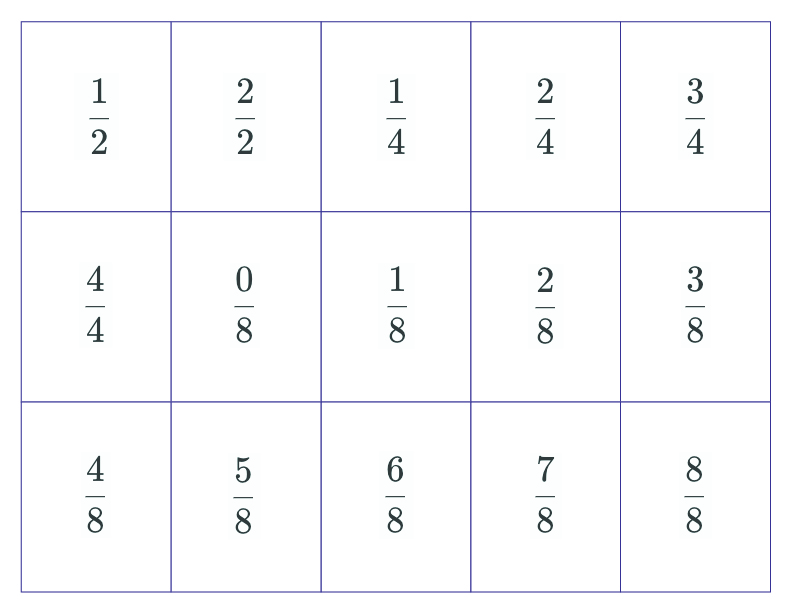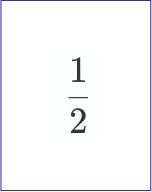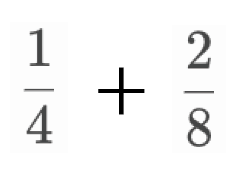

Mathematics Education Researcher
When I was playing Cribbage with my son and niece on summer vacation,I was delighted to see them use number sense to make decisions on what card to play. My son explained that 7 plus 8 is 15 because 8 plus 2 makes 10 and 5 more would be 15. My niece counted on her fingers from 27 to 31 to figure out which card she would play next. Cribbage is an excellent game for adding and subtracting whole numbers because you need to think about sums and differences flexibly as you decide on your next move.
I so wish that Cribbage had cards with fractions. From research, we know that working flexibly with fractions is highly correlated with success in middle and high-school mathematics.
For fraction skills, I like to use Krypto-Fractions, a terrific game for children in grades 4 to 12. Krypto can be played with any number of players, and in a short time will have everyone thinking creatively and flexibly about fractions. Even better, you can quickly and easily create the simple cards you need to play.
The Krypto-Fraction card deck is shown below. It contains halves, fourths, and eighths. You can easily make additional cards with thirds, sixths, and twelfths if you want to increase the challenge level.




and explains that this sum is one-half because “Two-eighths is the same as one-fourth. One-fourth and one-fourth make one-half.”
This player’s explanation shows flexibility in recognizing common equivalencies and they communicate the reasoning about how these numbers can be combined.
Player A would earn 2 point for this expression.

and explains that “Two-eighths minus one-fourth is zero because they are equal. Zero times anything is zero. Zero plus four-eighths is just one-half.”
Player B used all five numbers and would earn 16 points.
This player found a way to use all the playing numbers and showed flexible knowledge in both operations and equivalence to show their reasoning. GREAT WORK!
There are many expressions that can be made with these five cards that equal one-half and people feel proud when they create a clever expression that equals the target number.
NOTE: When you play, the goal is on ways to combine the numbers rather than the following of rules. If a player’s explanation seems too focused on an algorithm, then you might ask them to draw a picture.
Recently, I played Krypto-Fractions with some kids and one of them explained that fractions are scary. He drew some pictures of his expressions and asked others to draw pictures of theirs. He began to see certain “moves” from watching others play. His expression became more complicated and his confidence with fractions improved although we only played for 15 minutes.
When you play Krypto-Fractions, or any learning game, remember to encourage everyone to be flexible, take some chances, make some mistakes, explain what they are thinking, and learn from each other.
